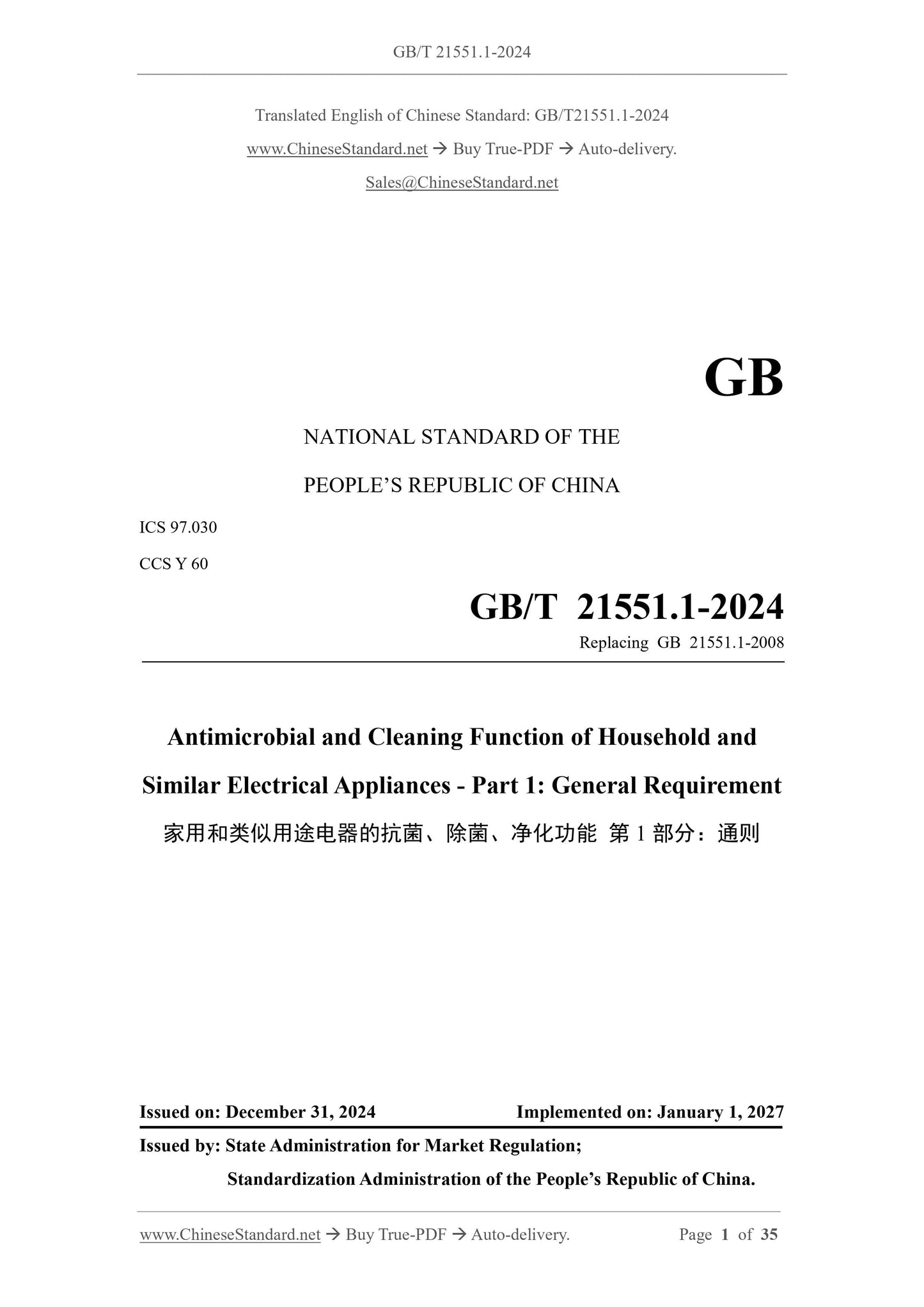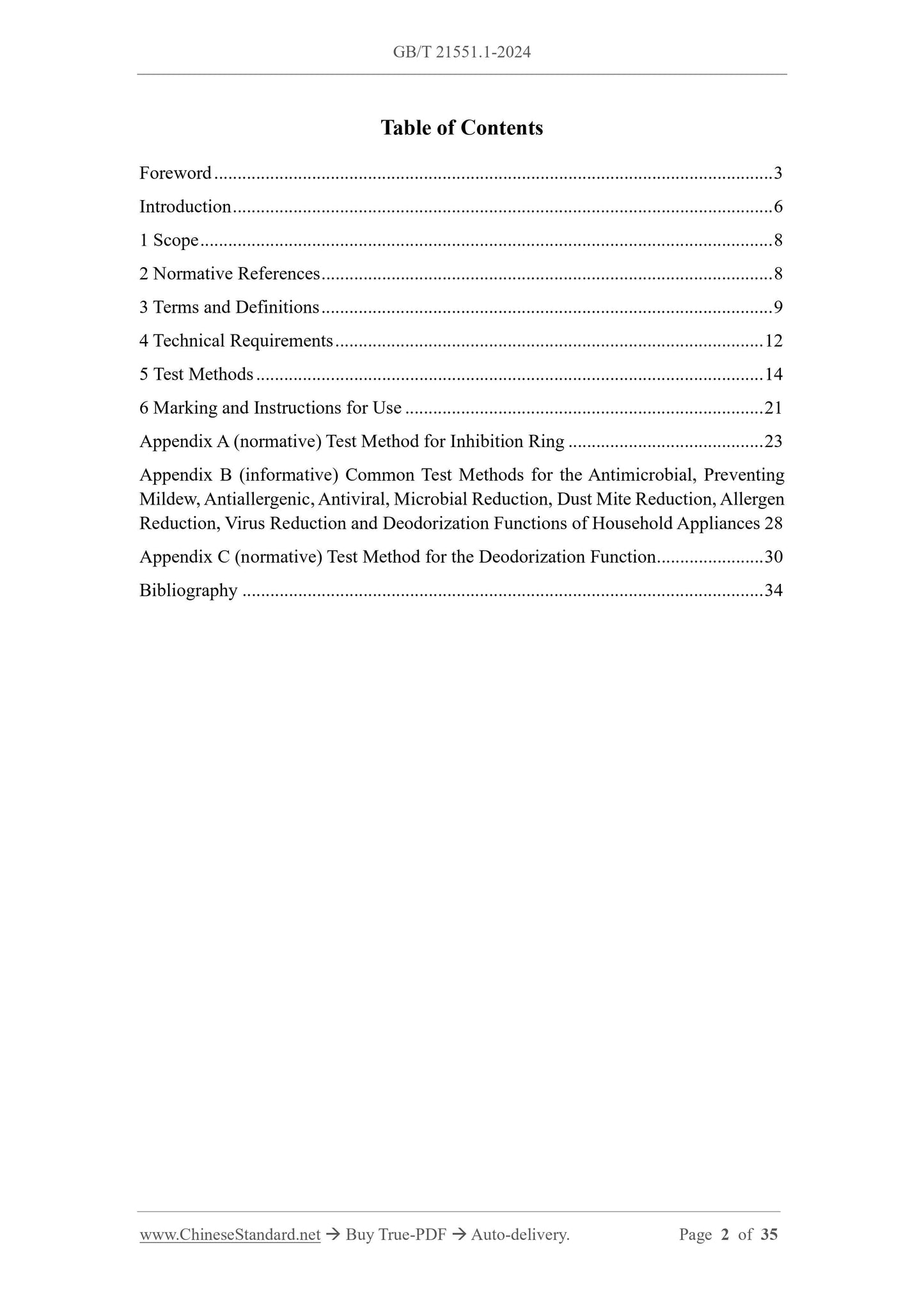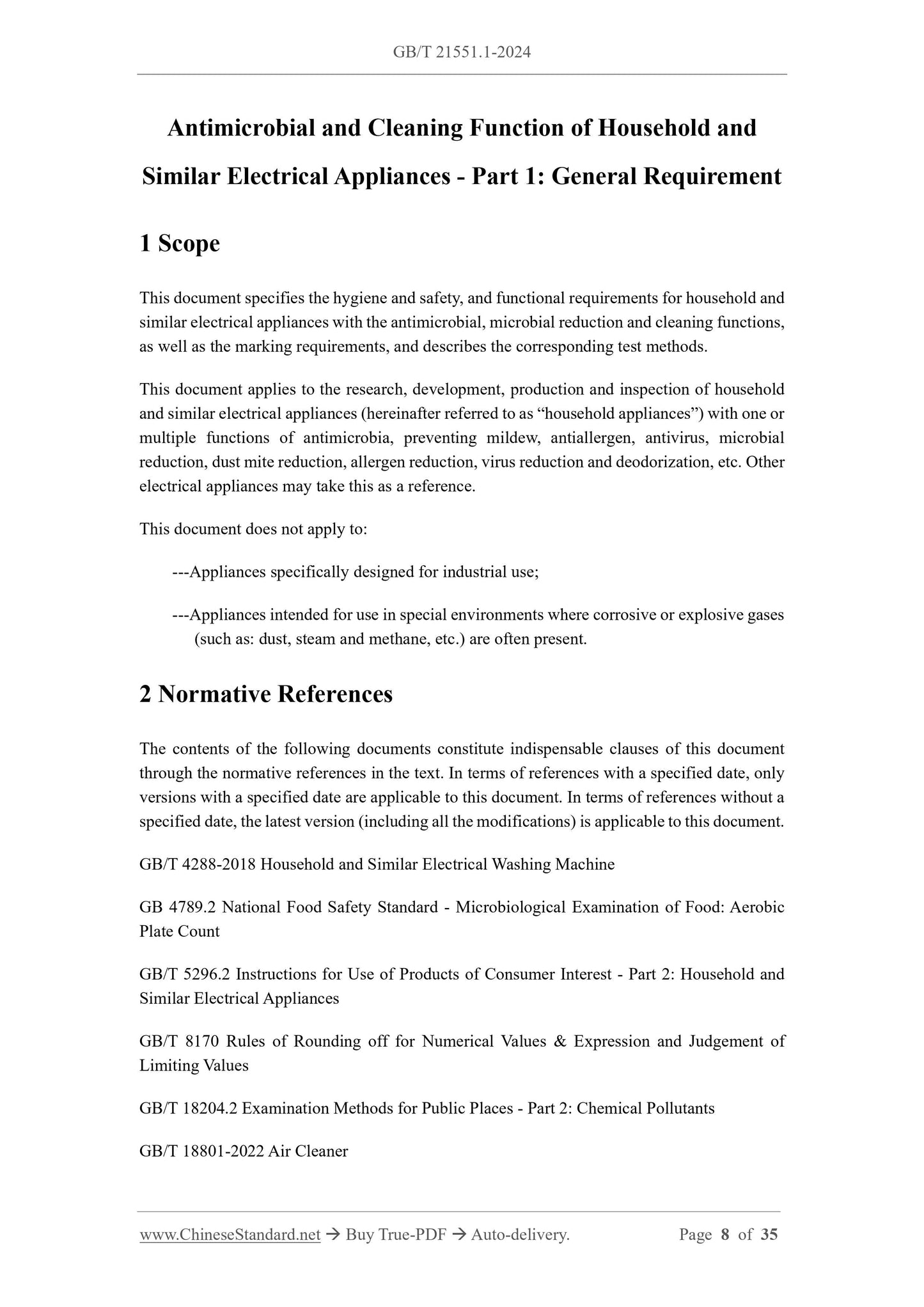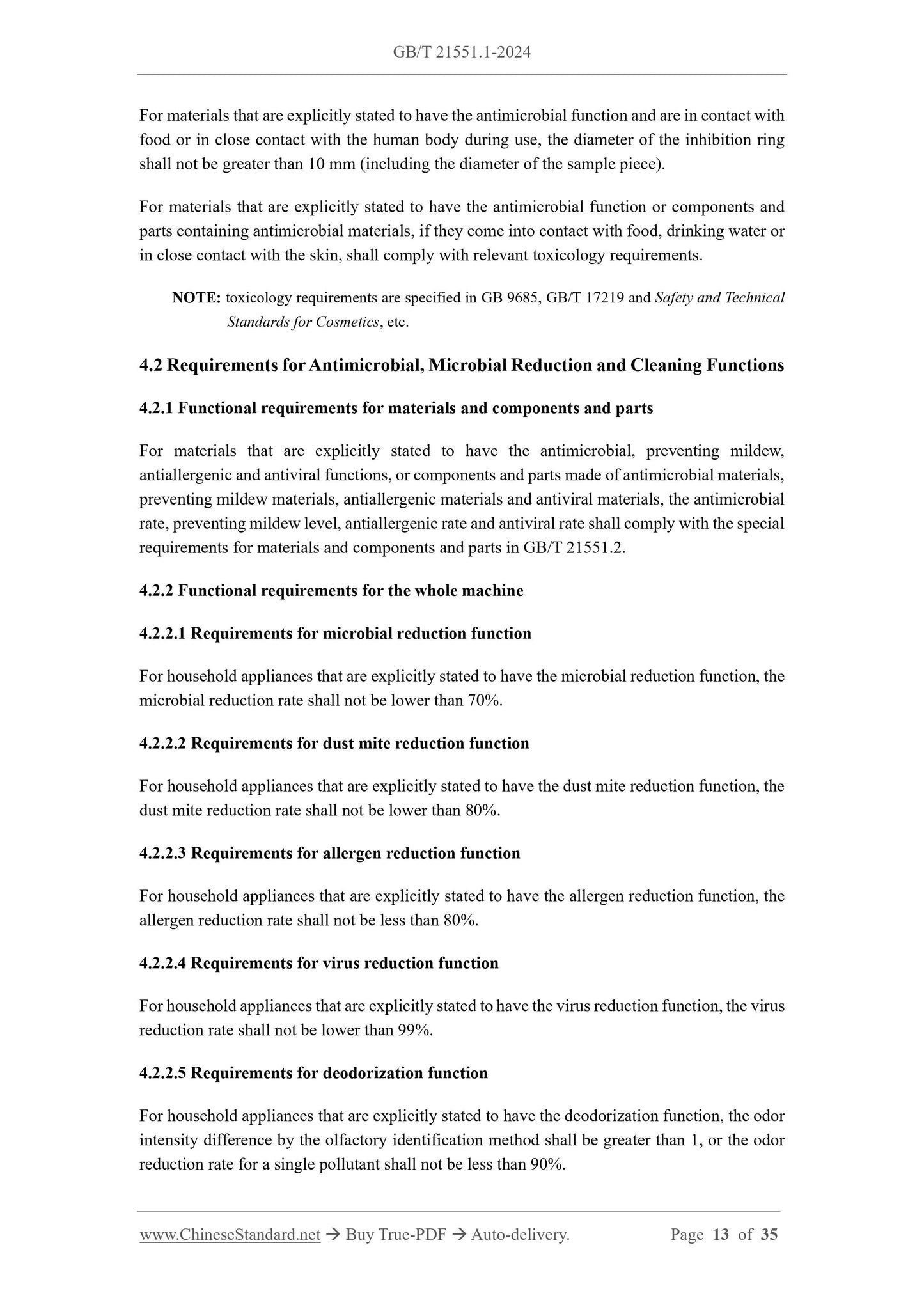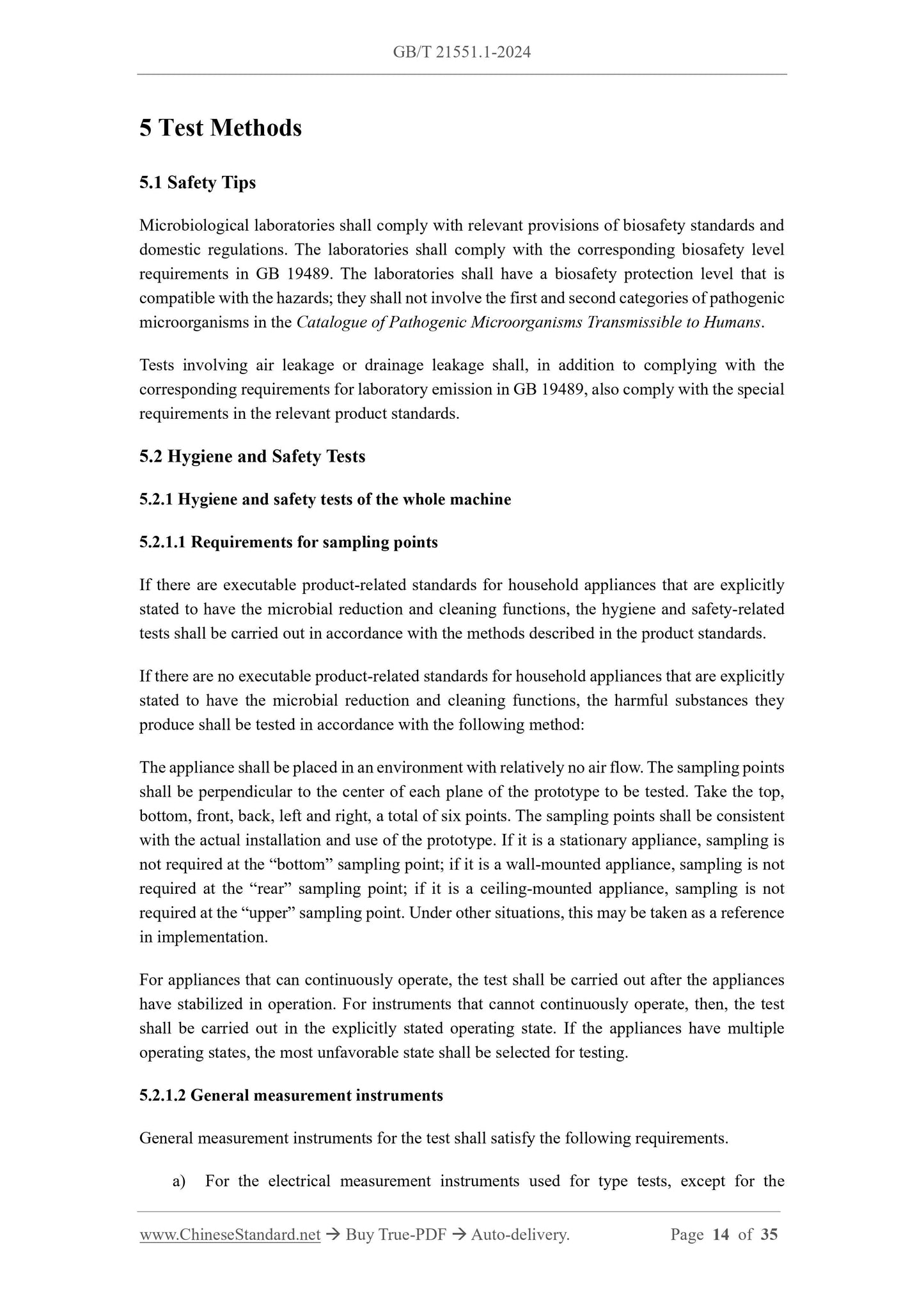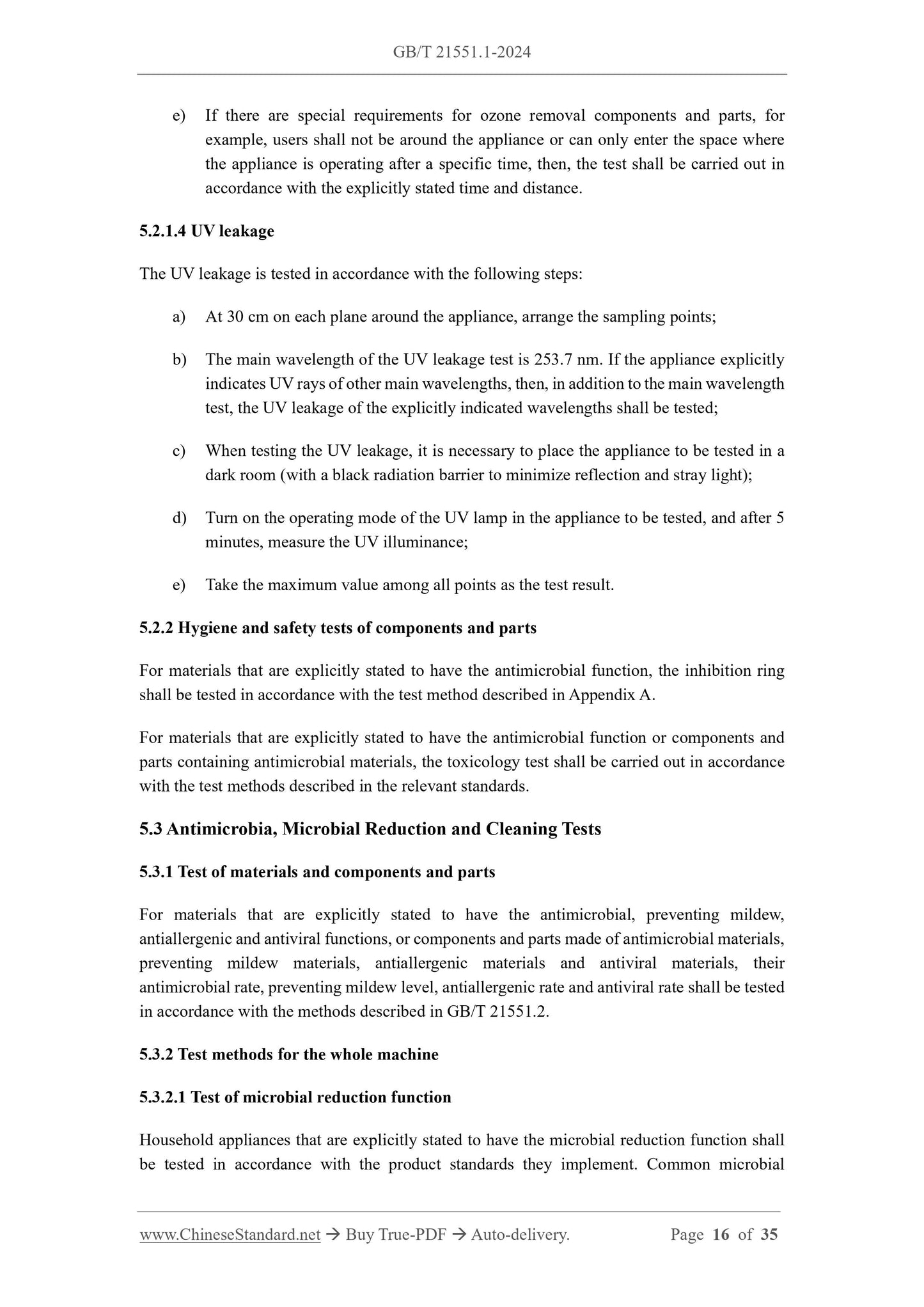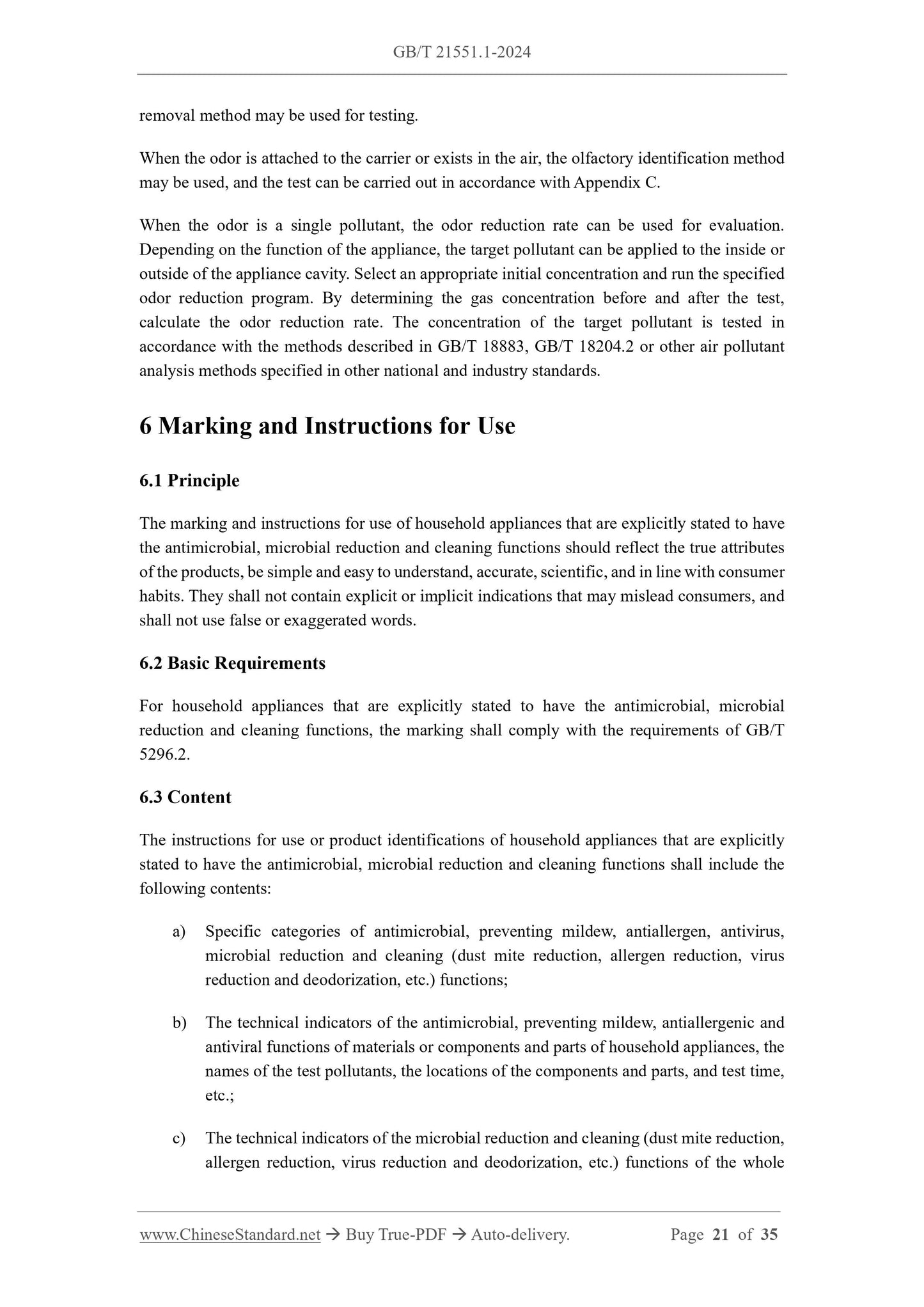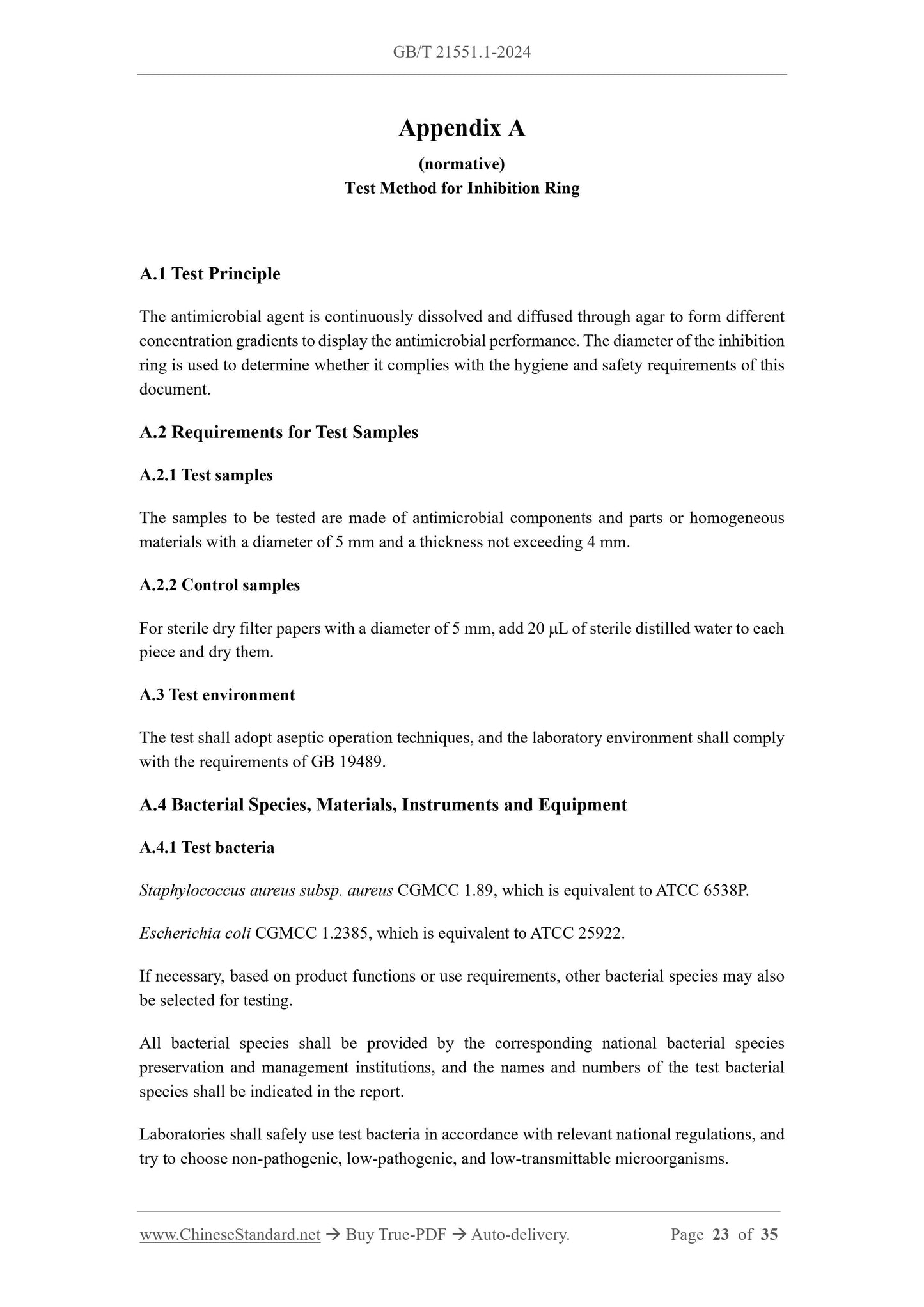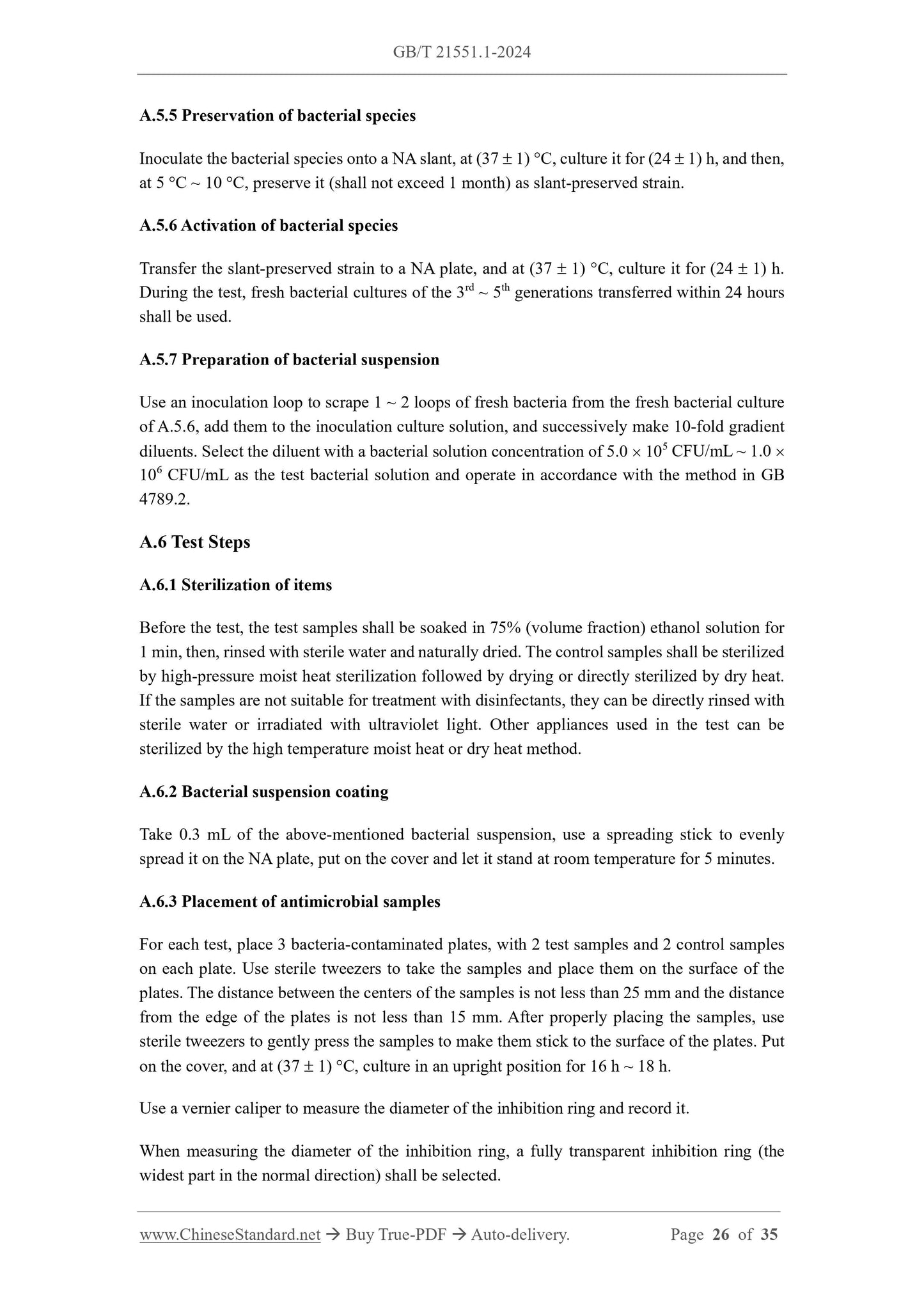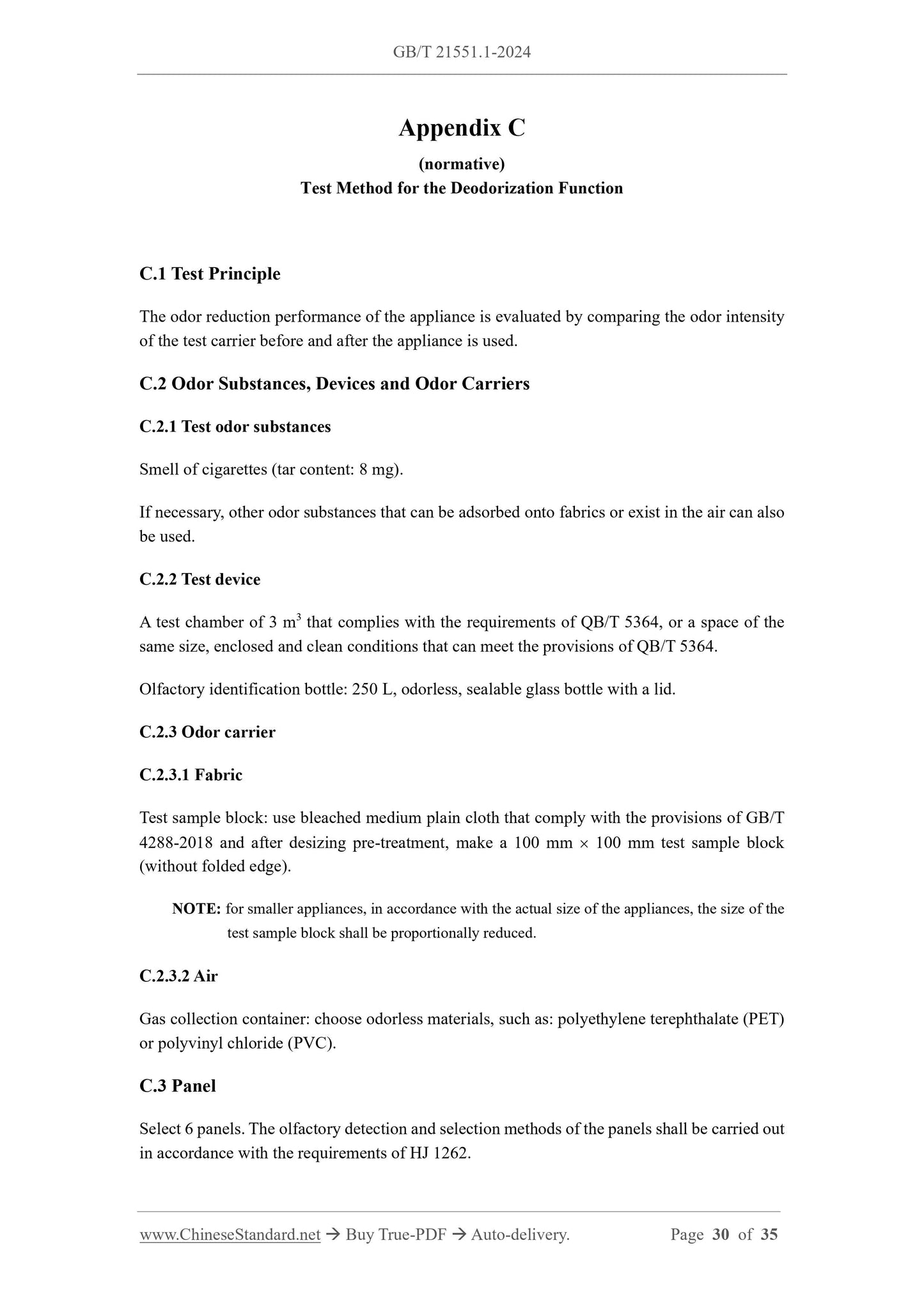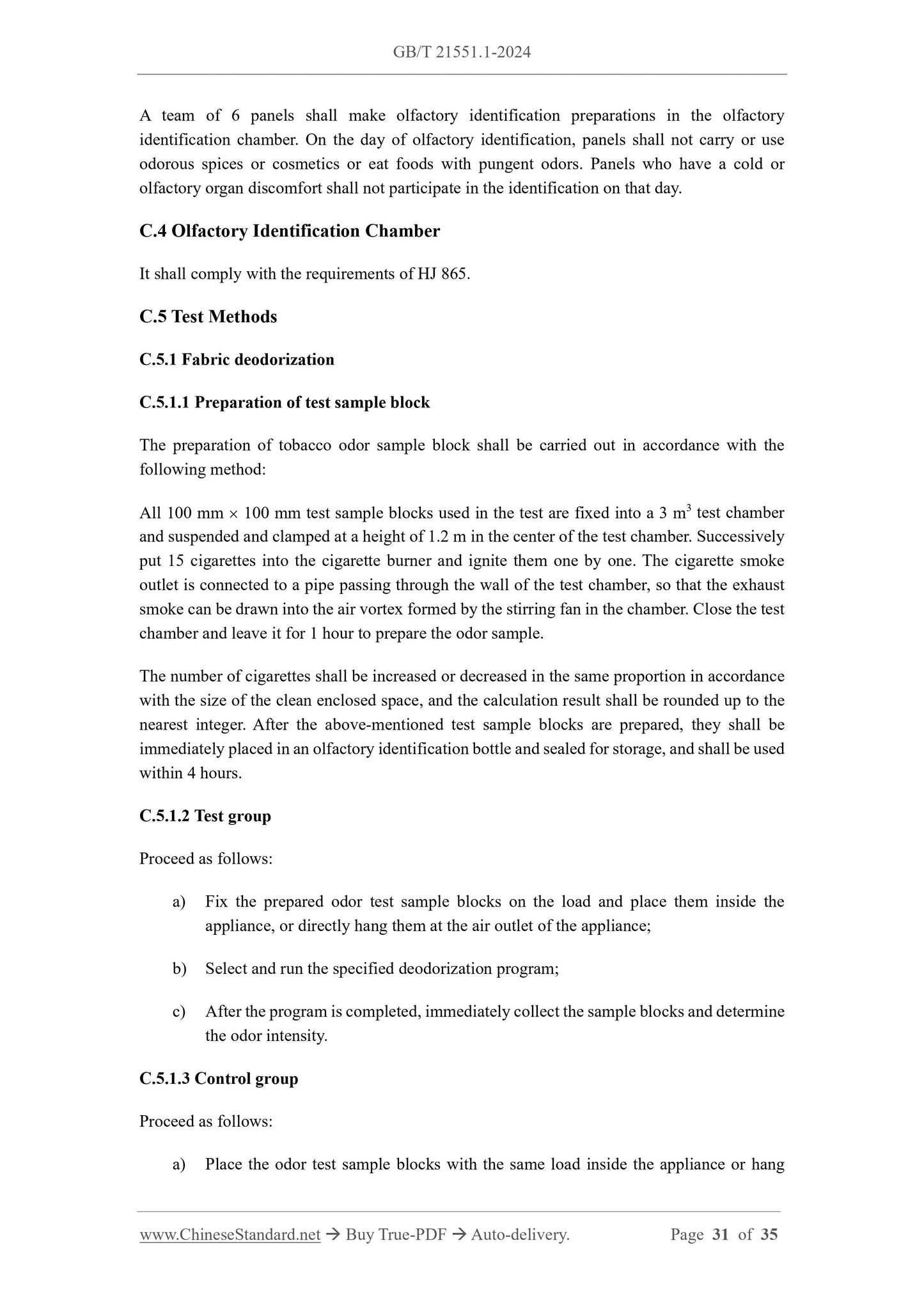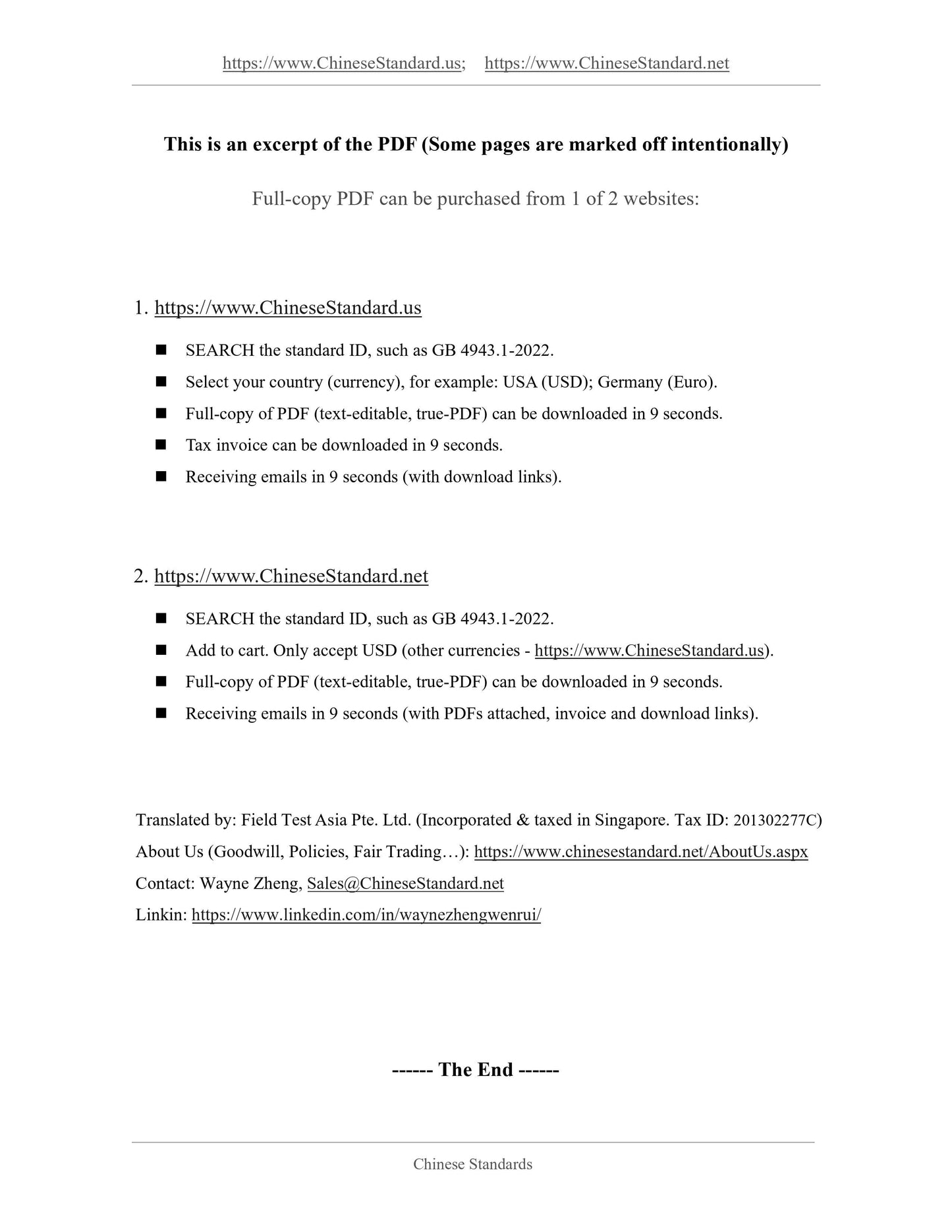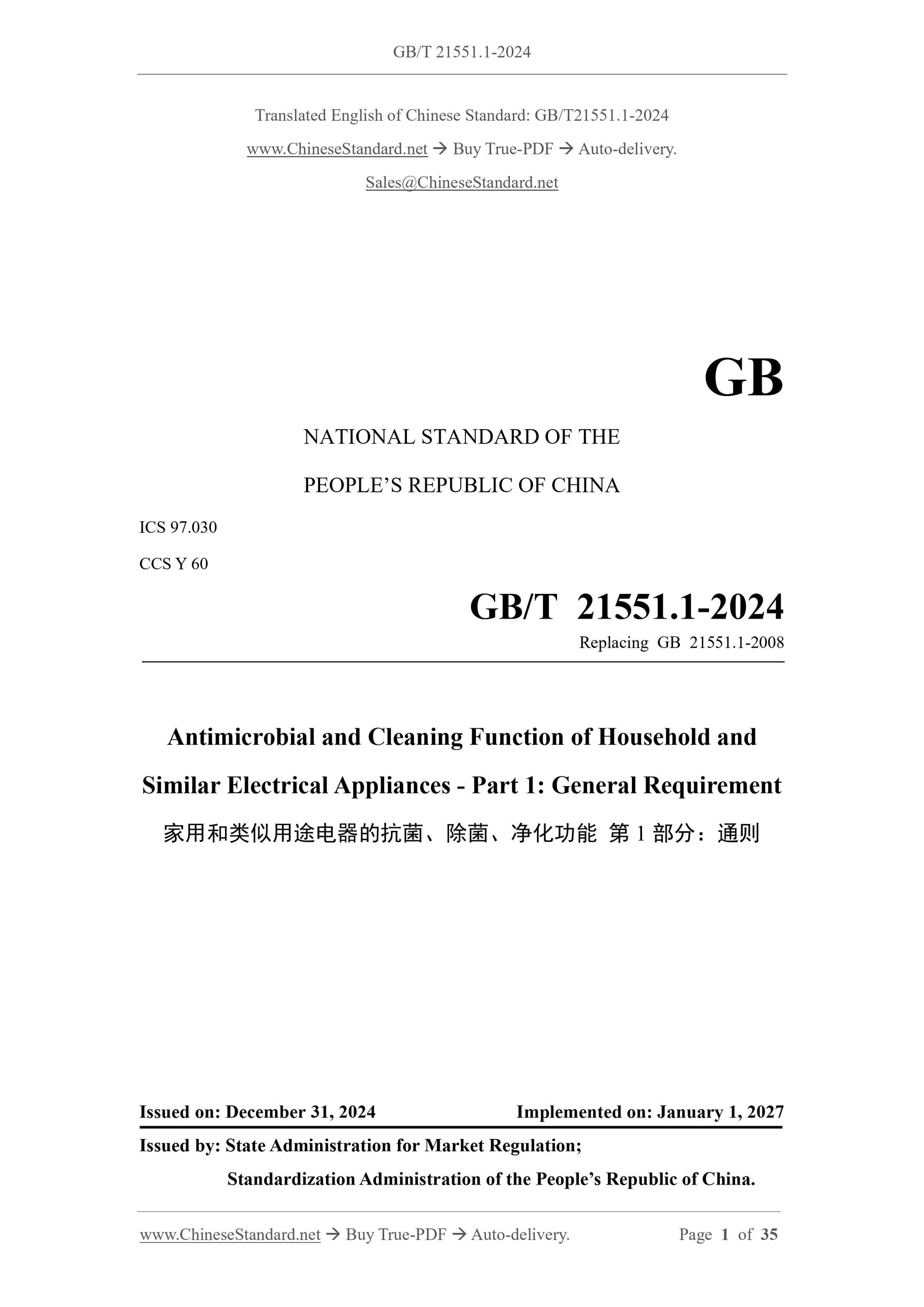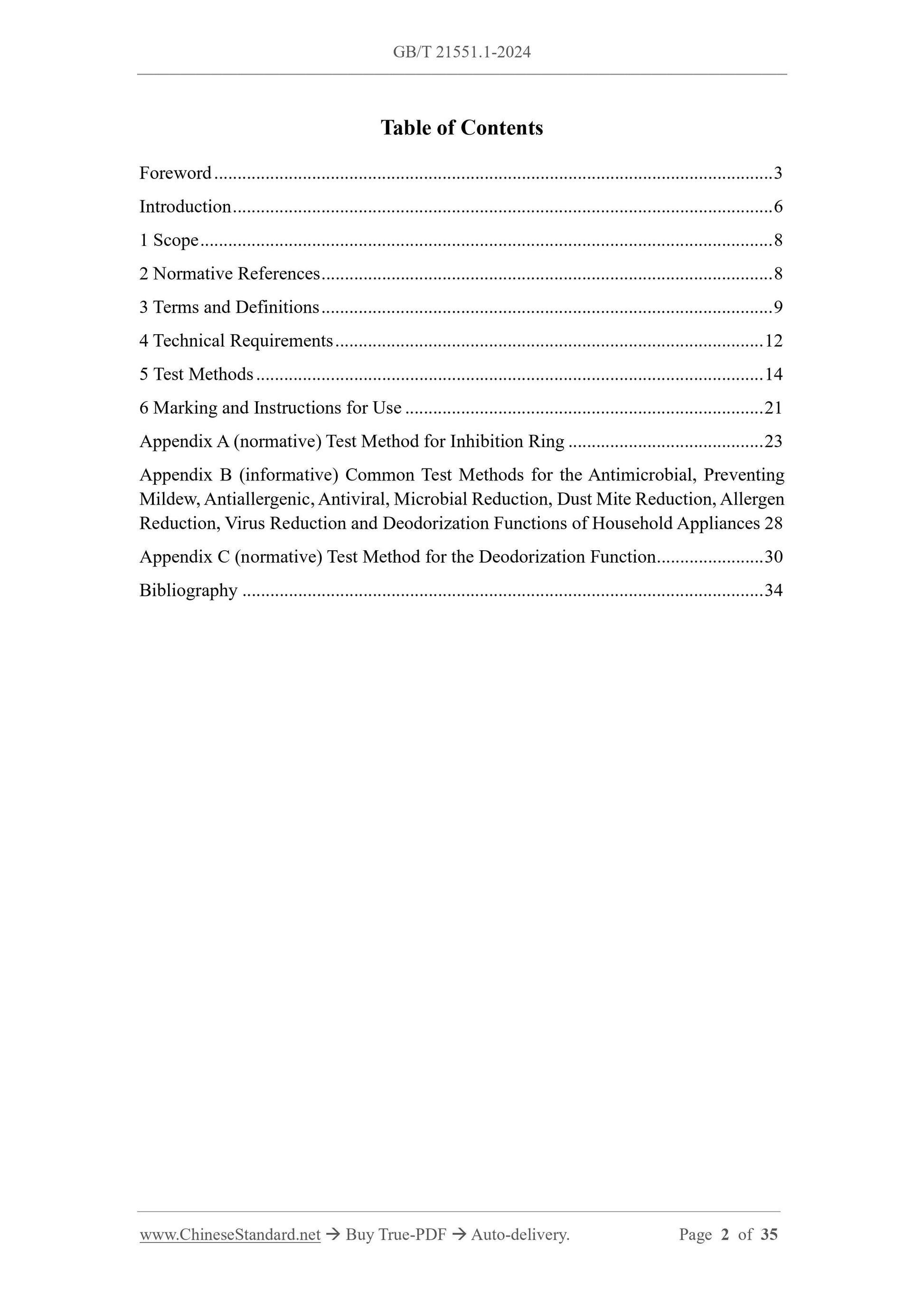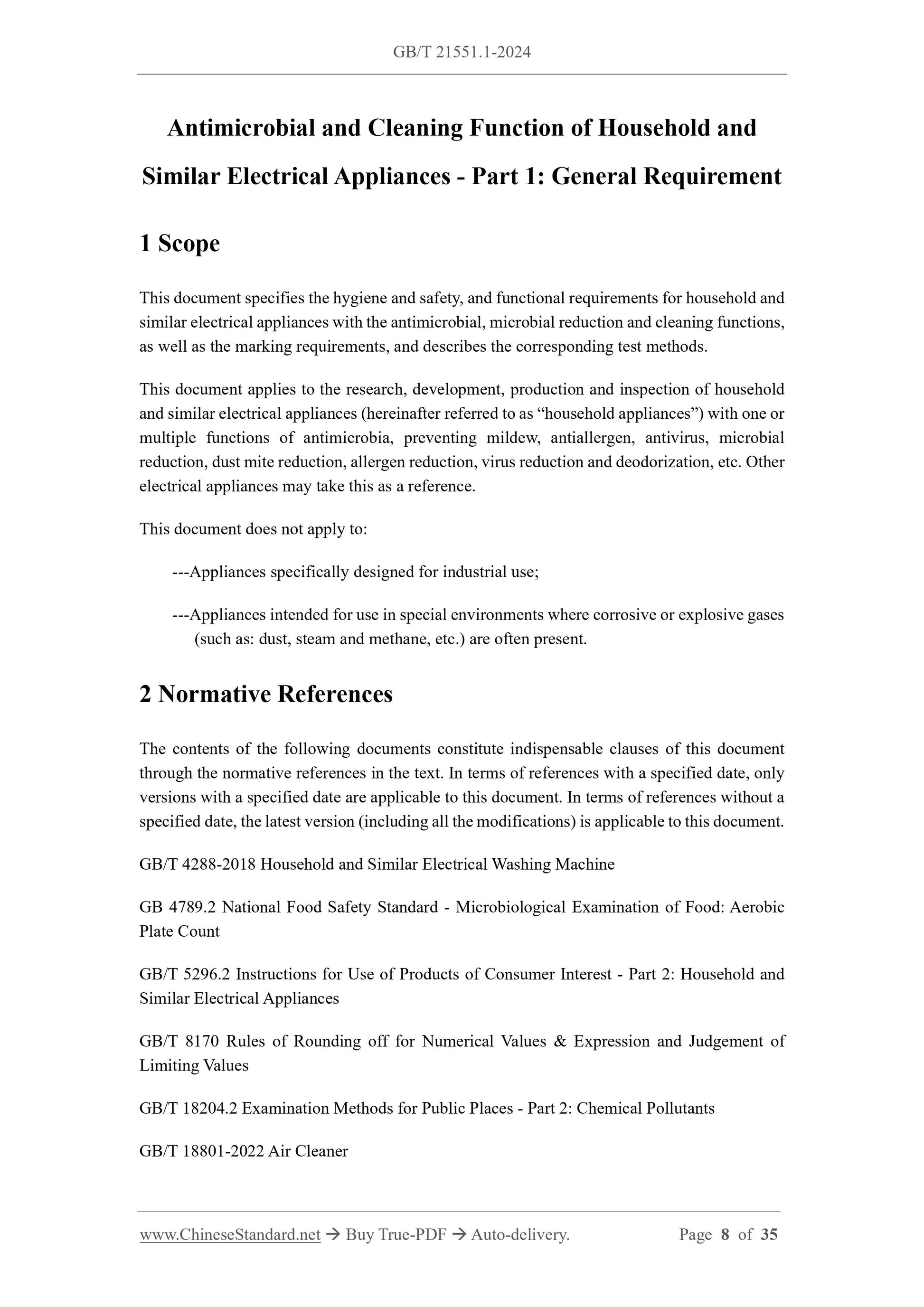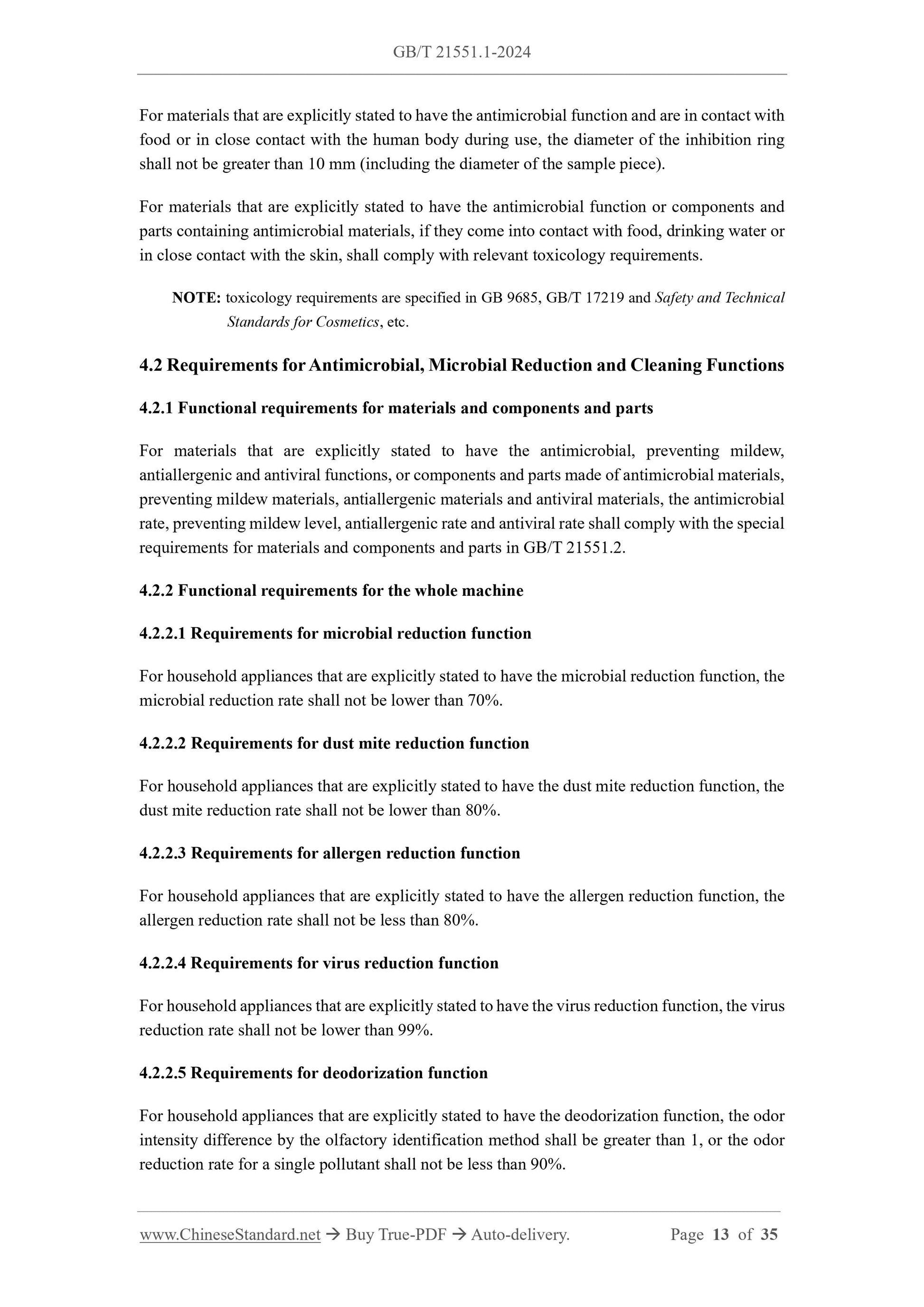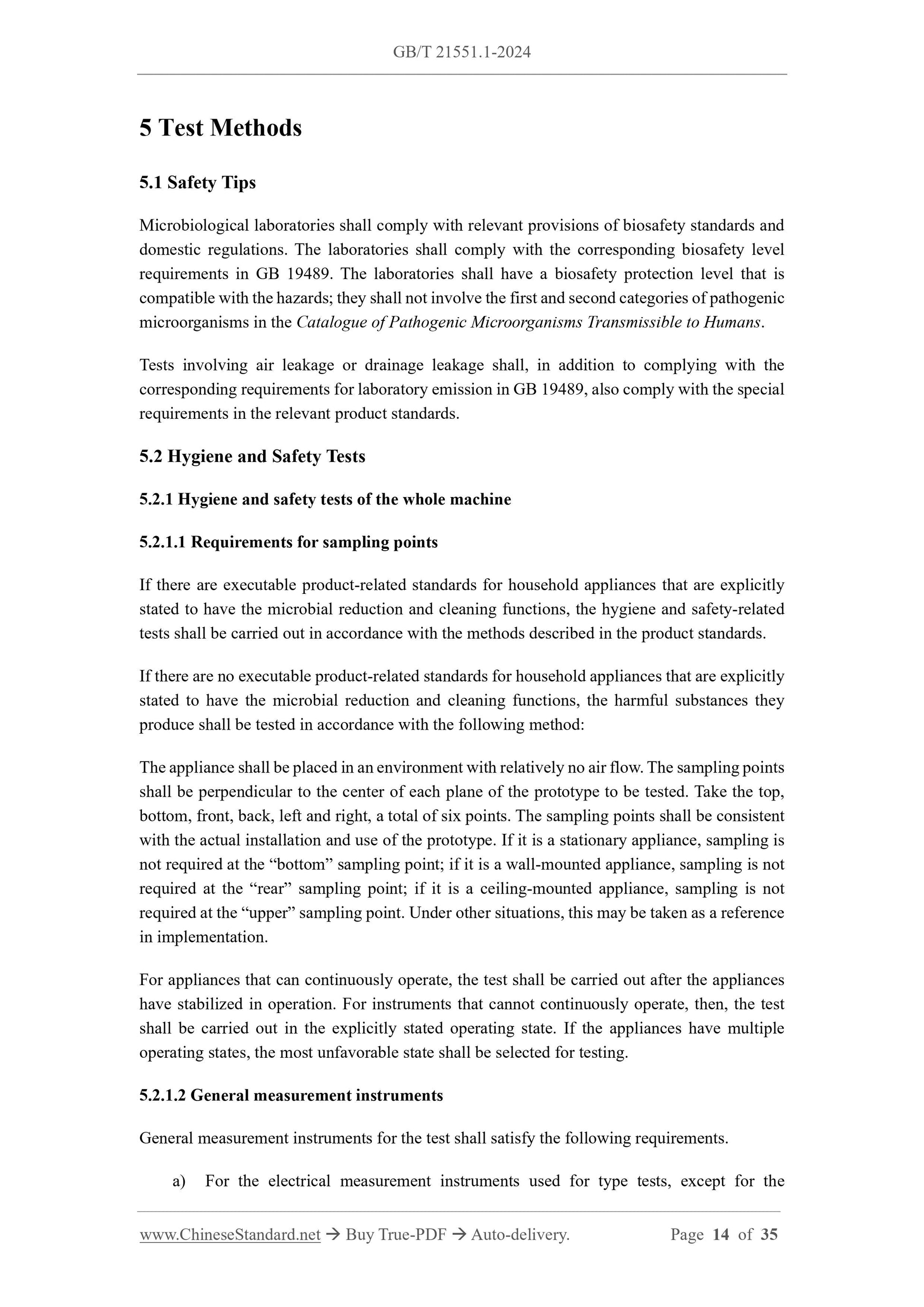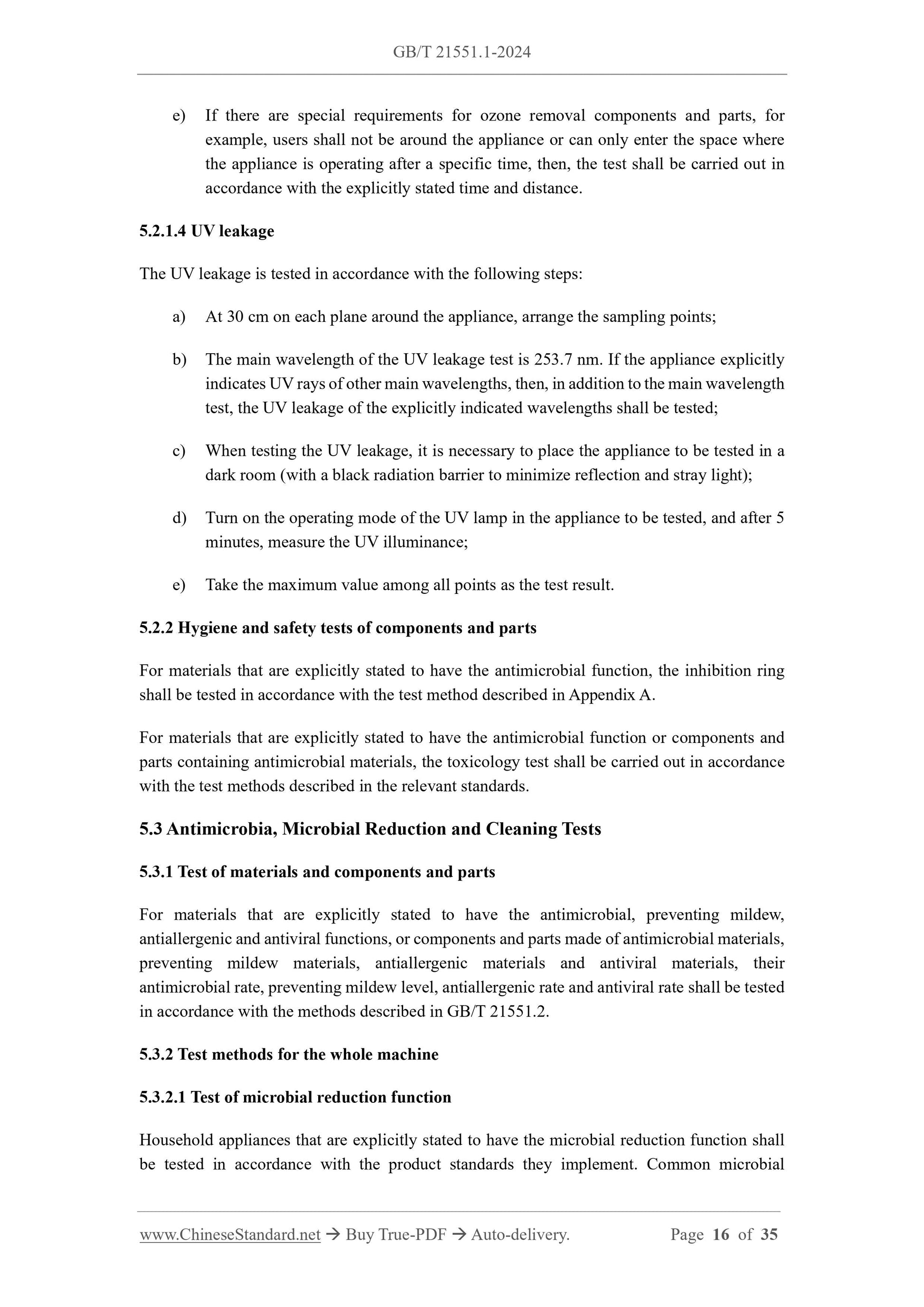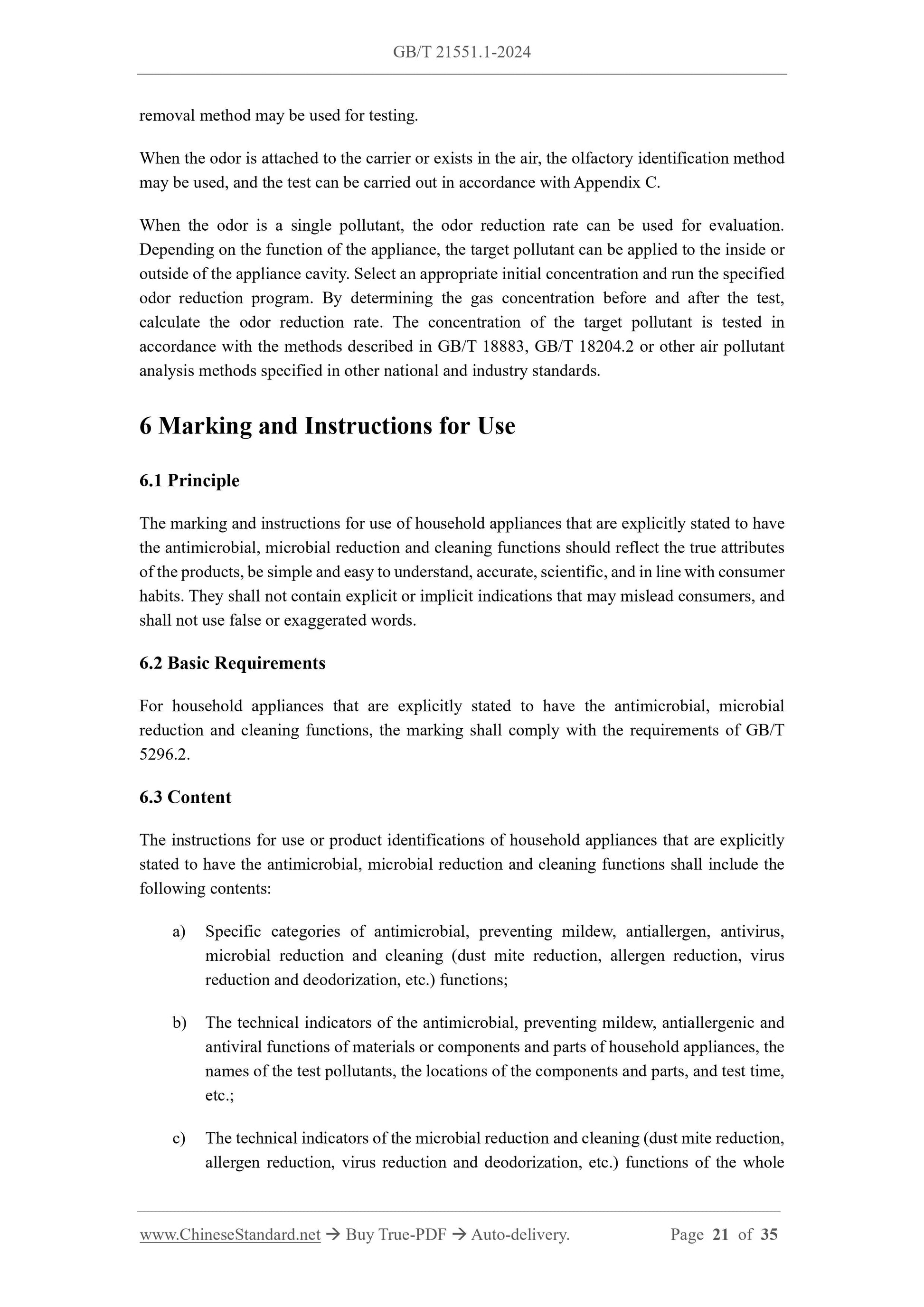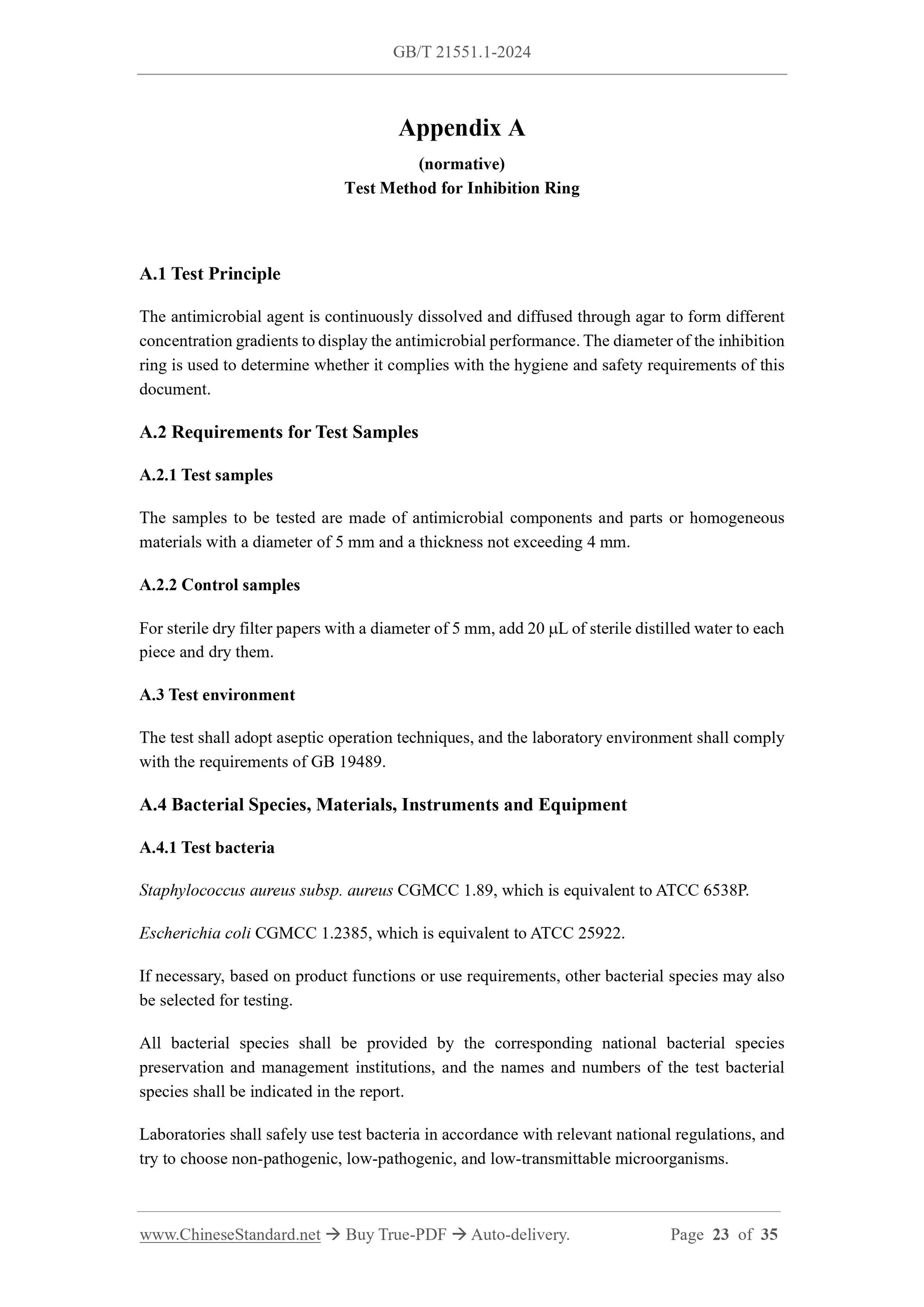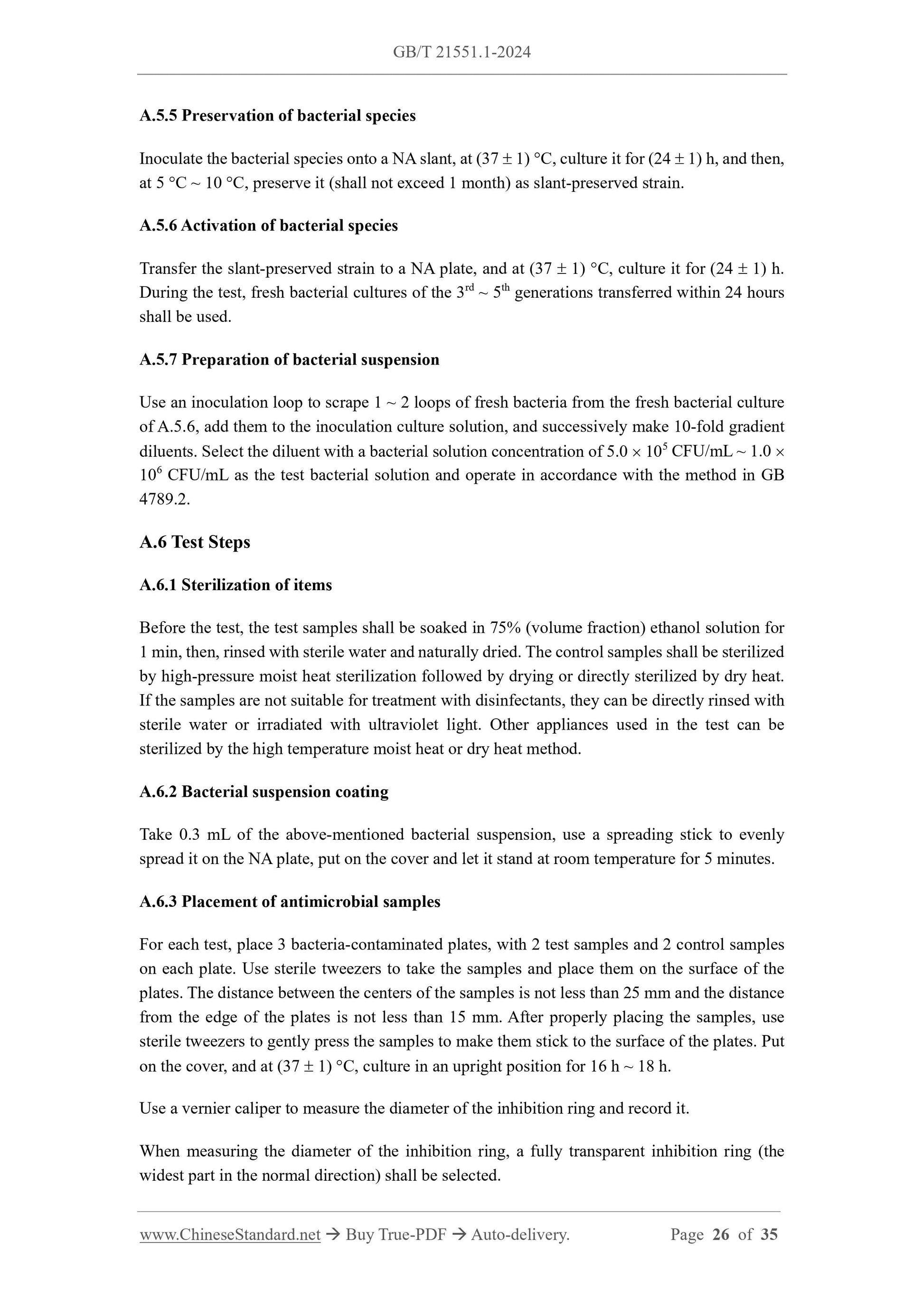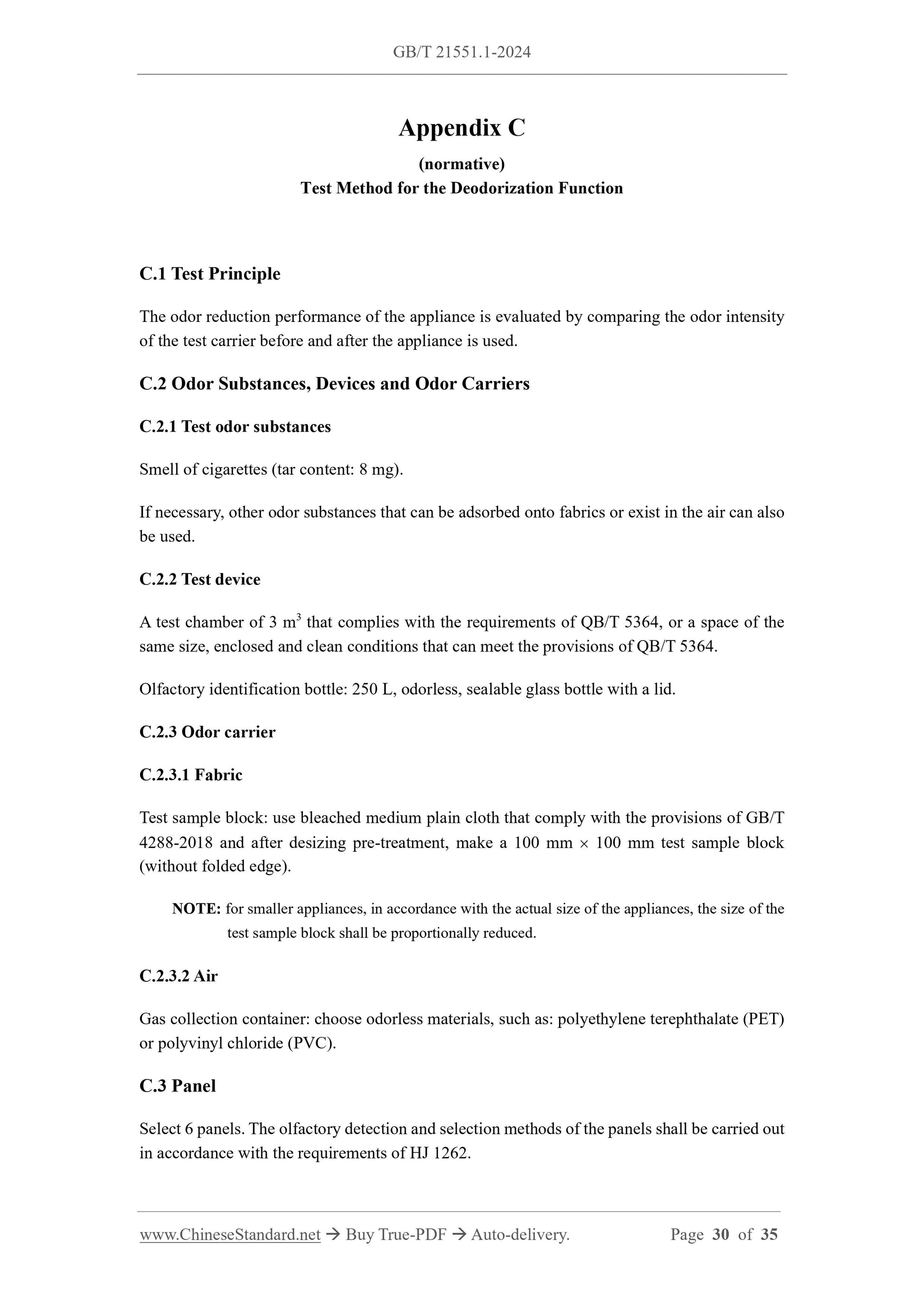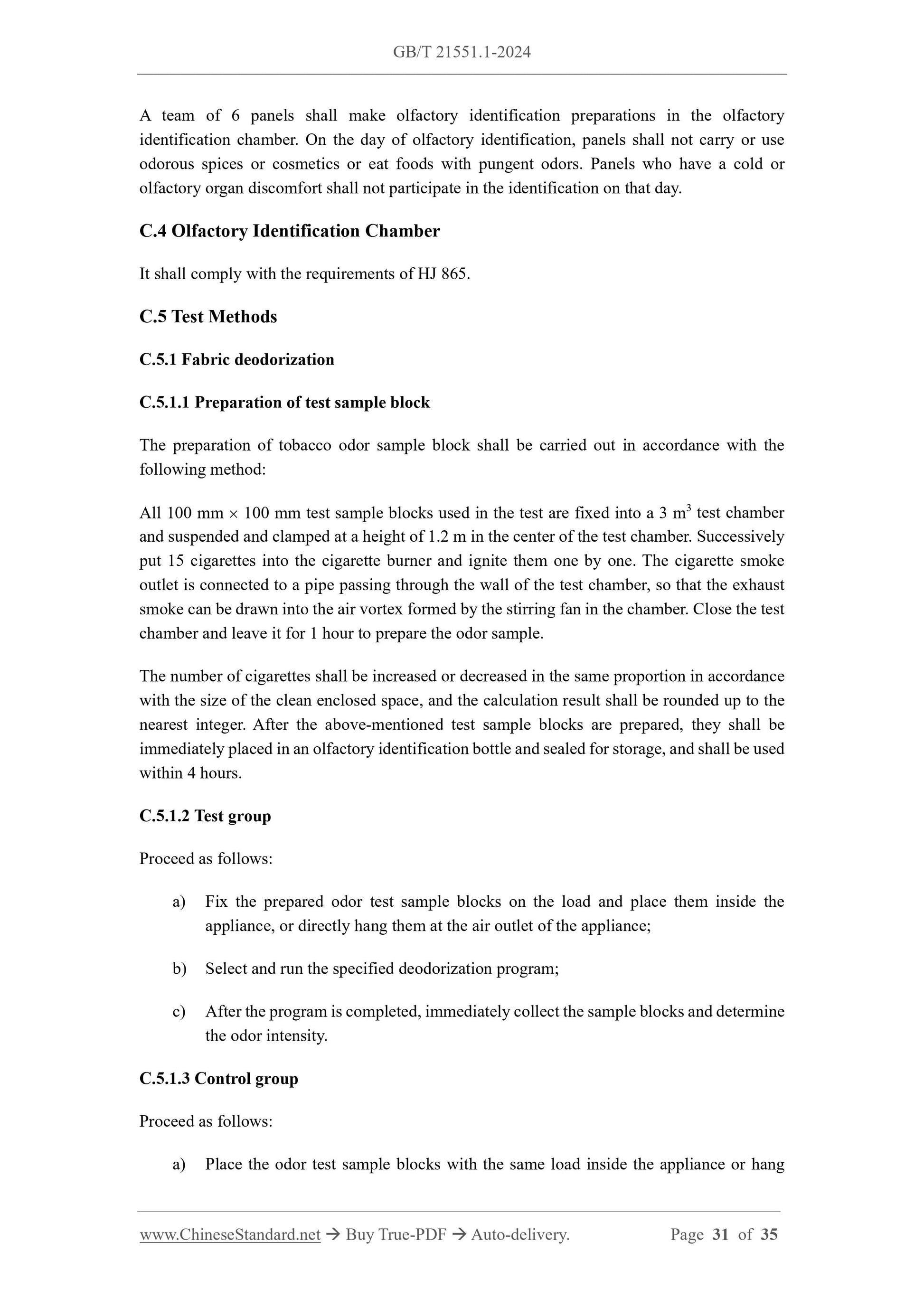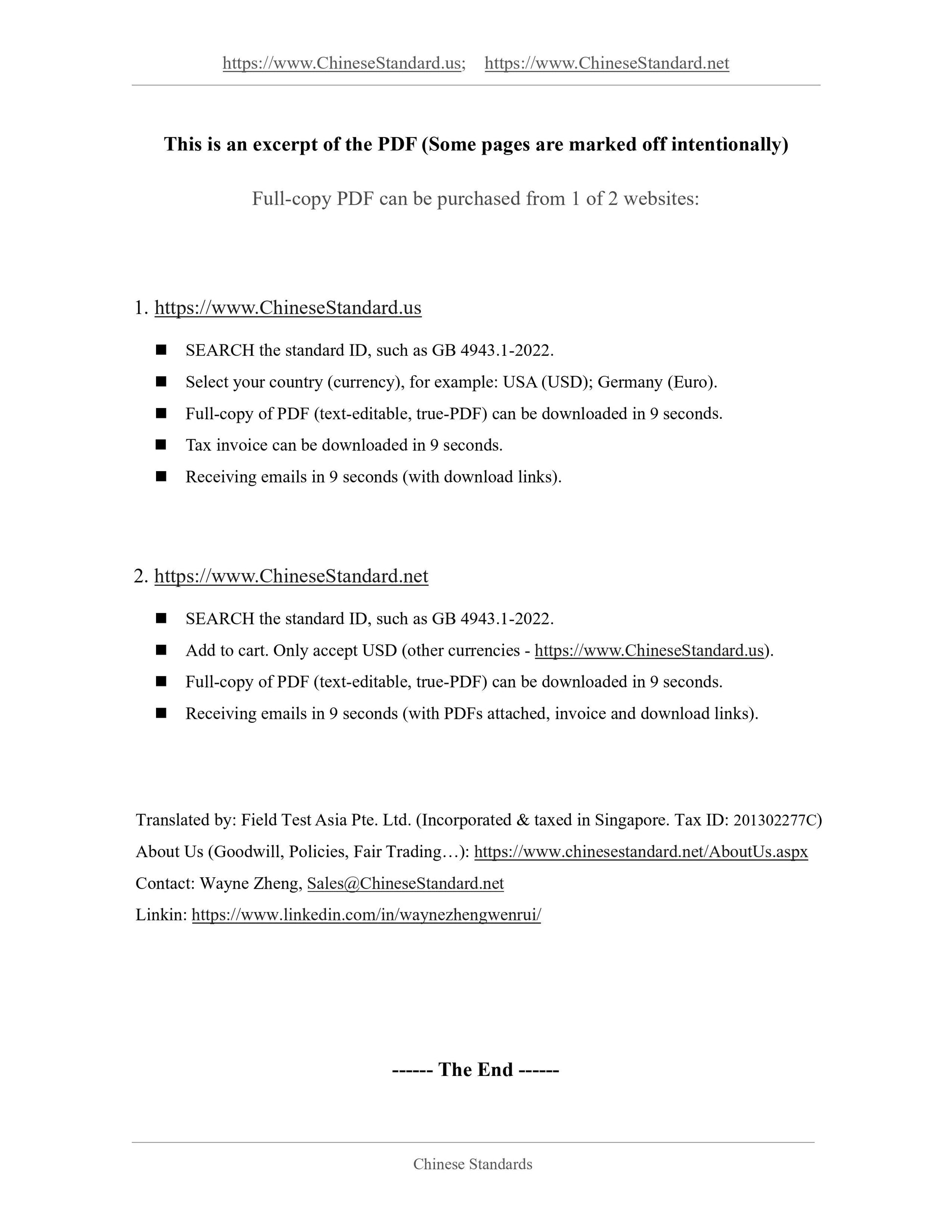1
/
of
12
www.ChineseStandard.us -- Field Test Asia Pte. Ltd.
GB/T 21551.1-2024 English PDF (GB/T21551.1-2024)
GB/T 21551.1-2024 English PDF (GB/T21551.1-2024)
Regular price
$440.00
Regular price
Sale price
$440.00
Unit price
/
per
Shipping calculated at checkout.
Couldn't load pickup availability
GB/T 21551.1-2024: Antimicrobial and cleaning function of household and similar electrical appliances - Part 1: General requirement
Delivery: 9 seconds. Download (and Email) true-PDF + Invoice.Get Quotation: Click GB/T 21551.1-2024 (Self-service in 1-minute)
Newer / historical versions: GB/T 21551.1-2024
Preview True-PDF
Scope
This document specifies the hygiene and safety, and functional requirements for household andsimilar electrical appliances with the antimicrobial, microbial reduction and cleaning functions,
as well as the marking requirements, and describes the corresponding test methods.
This document applies to the research, development, production and inspection of household
and similar electrical appliances (hereinafter referred to as “household appliances”) with one or
multiple functions of antimicrobia, preventing mildew, antiallergen, antivirus, microbial
reduction, dust mite reduction, allergen reduction, virus reduction and deodorization, etc. Other
electrical appliances may take this as a reference.
This document does not apply to.
---Appliances specifically designed for industrial use;
---Appliances intended for use in special environments where corrosive or explosive gases
(such as. dust, steam and methane, etc.) are often present.
Basic Data
| Standard ID | GB/T 21551.1-2024 (GB/T21551.1-2024) |
| Description (Translated English) | Antimicrobial and cleaning function of household and similar electrical appliances - Part 1: General requirement |
| Sector / Industry | National Standard (Recommended) |
| Classification of Chinese Standard | Y60 |
| Classification of International Standard | 97.030 |
| Word Count Estimation | 26,242 |
| Date of Issue | 2024-12-31 |
| Date of Implementation | 2027-01-01 |
| Older Standard (superseded by this standard) | GB 21551.1-2008 |
| Issuing agency(ies) | State Administration for Market Regulation, China National Standardization Administration |
Share
